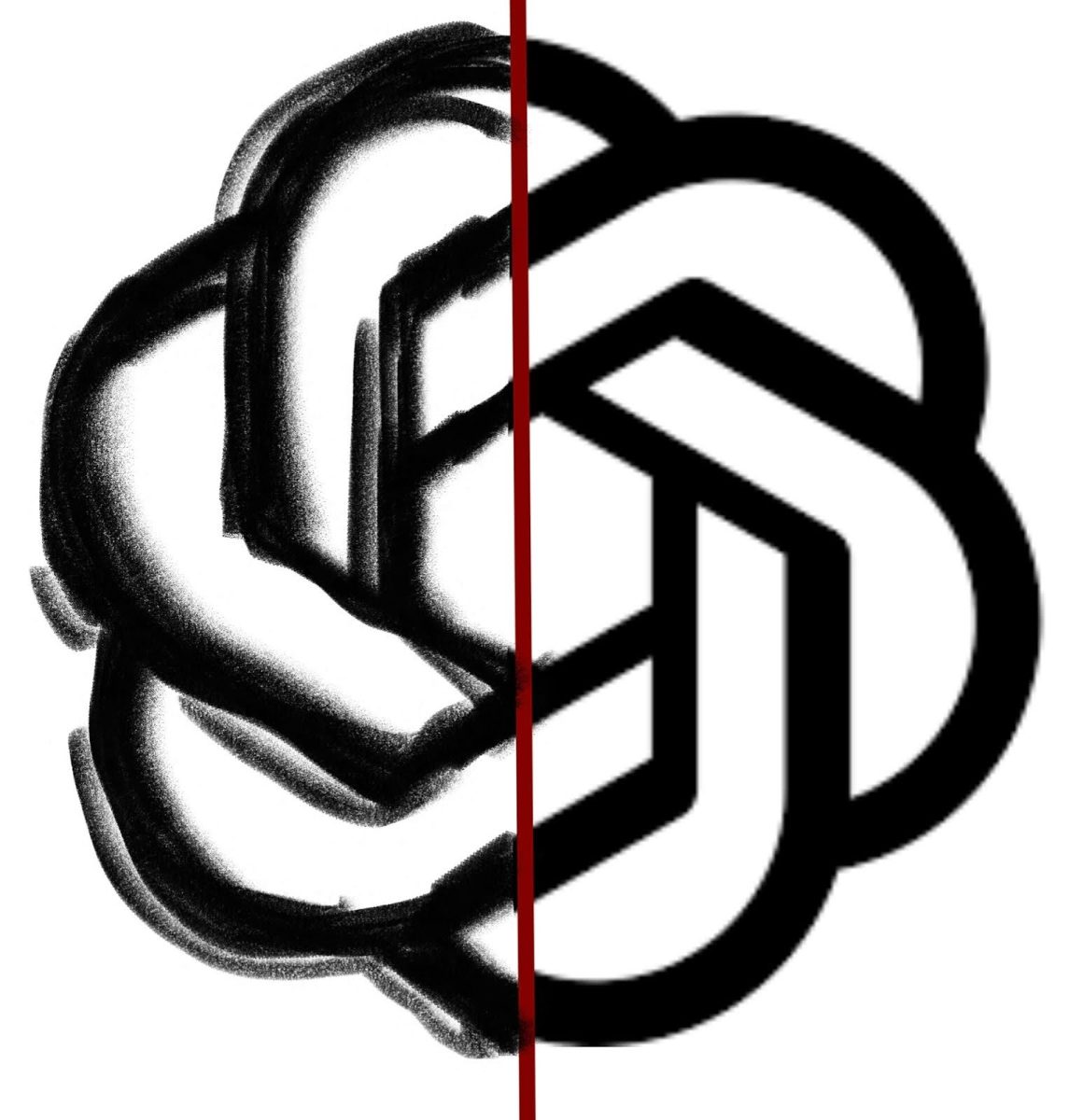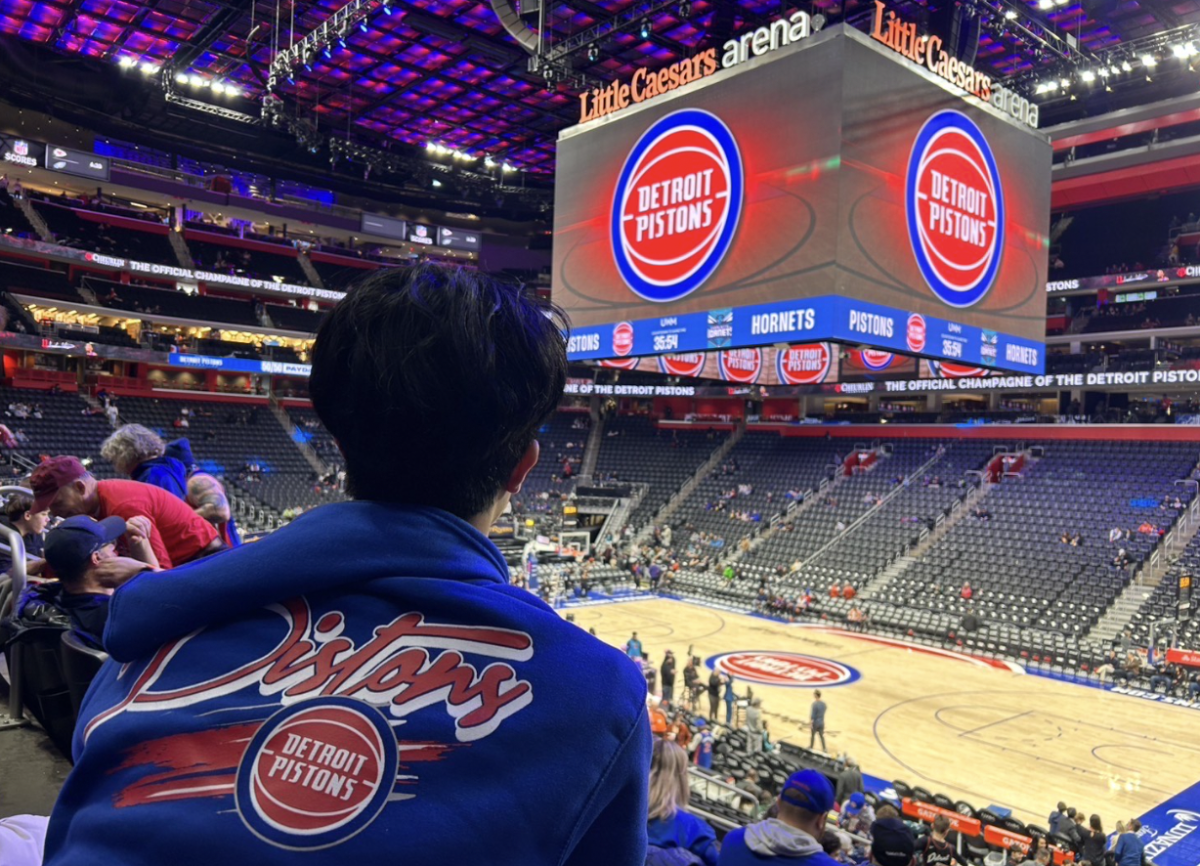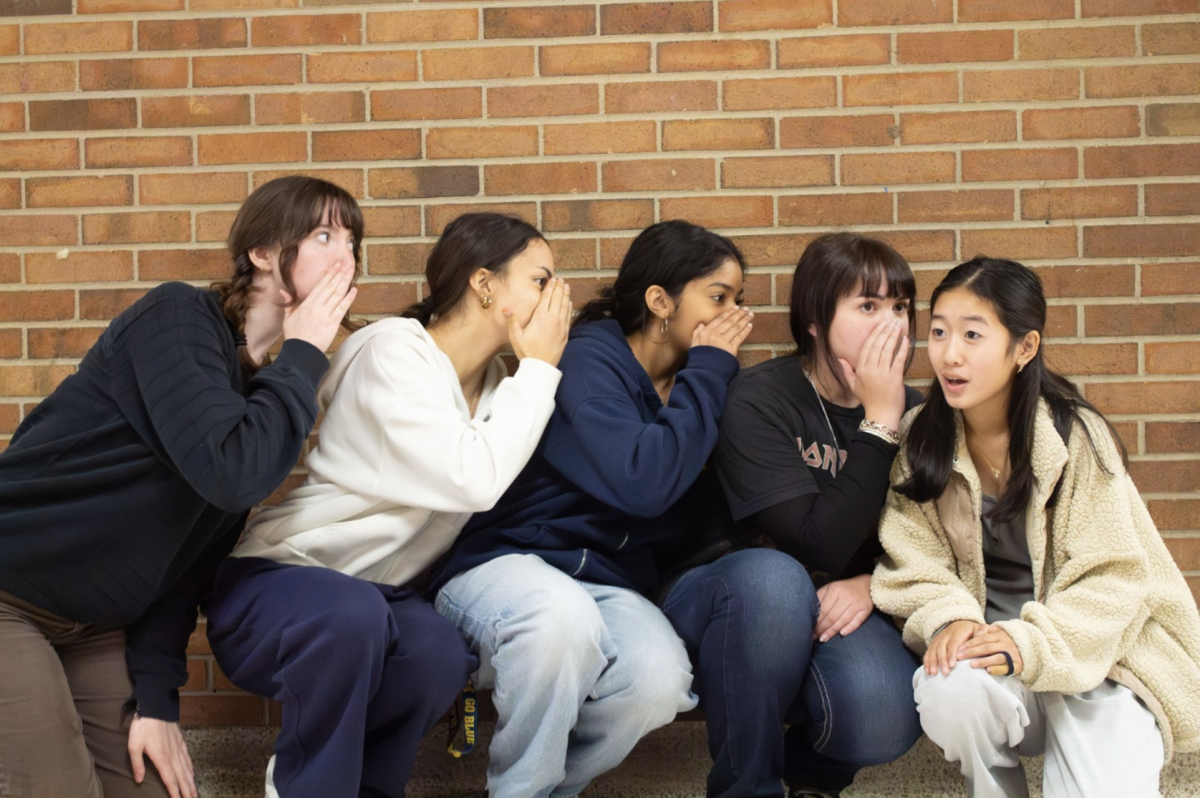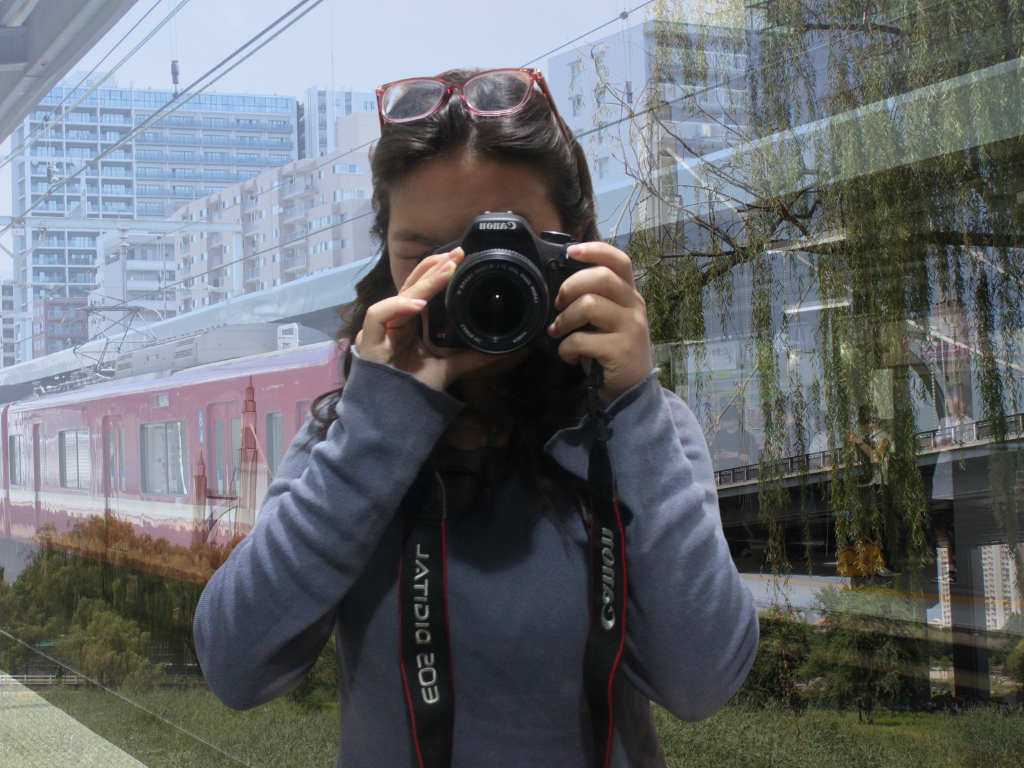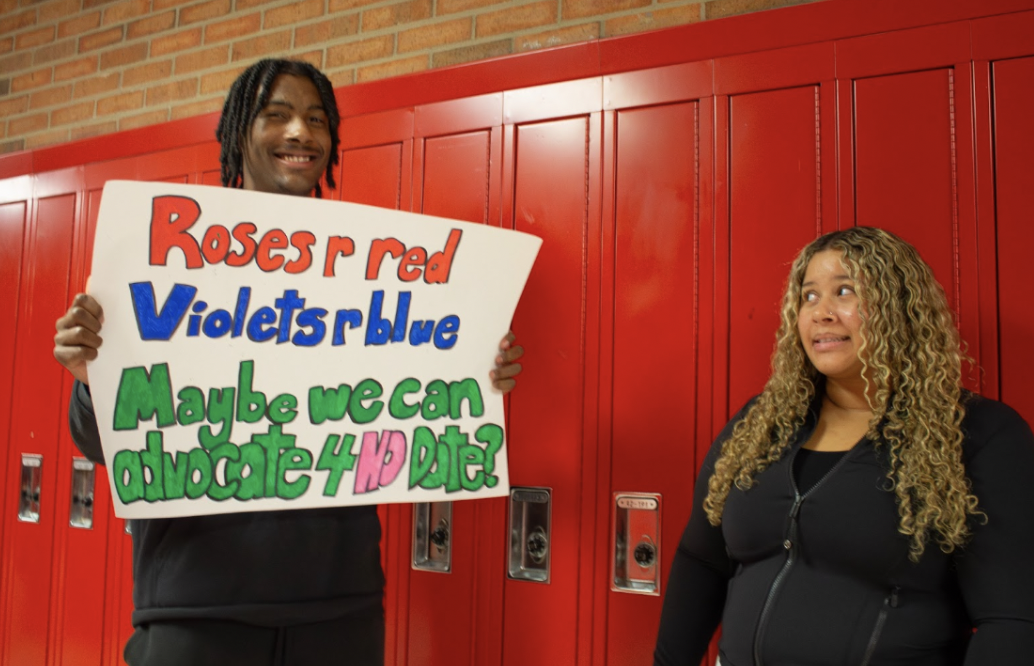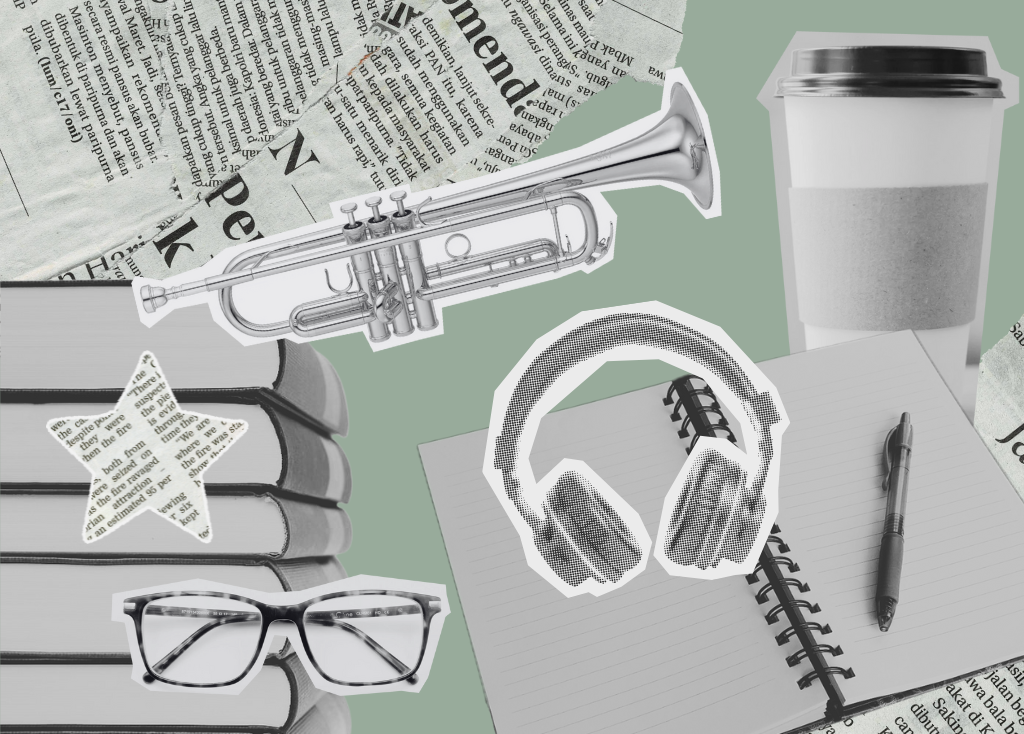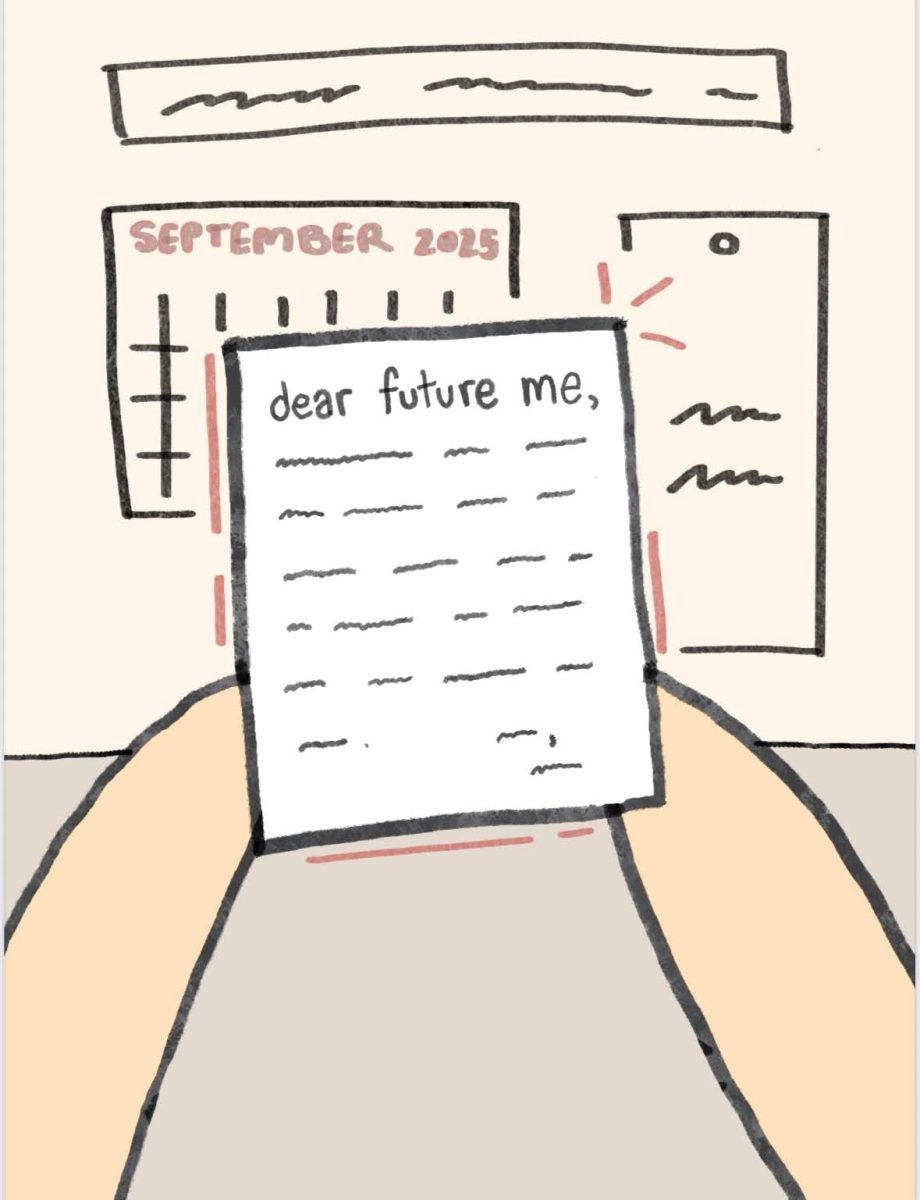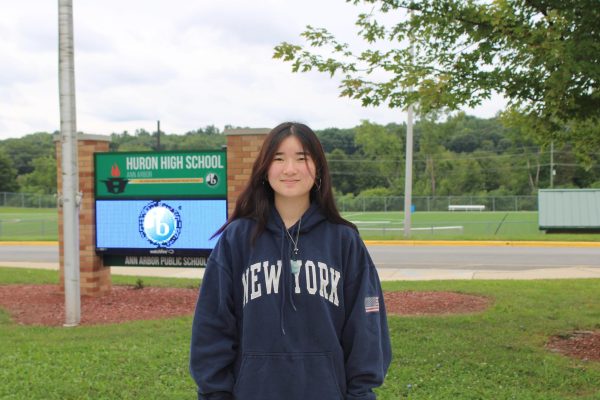In one of my more recent doom scrolling marathons, I came across a video of an AI generated speed paint. A speed paint, as many artists know, is basically just a time-lapse of the process of a piece. It’s a collage of every single stroke, every mistake, every second of the piece that led to the final product. And somehow, AI had managed to replicate it completely. It saddened me, for a moment, that I scrolled right through it, because it meant that AI art was nothing new anymore.
The earliest memory of art I have is of sticks and mud in the playground sand pit. Art, back then, was a collage of intricately organized blobs of mud and swirls in wet dirt. Ever since, I don’t think there’s been a point in my life where art wasn’t the center. Art, I soon realized, was everywhere. In some cases, it felt like it was everything. Art was in the advertisements on the street, the covers of books, in the corners of my elementary classrooms, and in the eyes of my peers as their hands gripped pencils and paintbrushes. Back then, everybody was an artist, and even the flowers carved into dirt with a stick could be the craft. I remember toying with the clay in the art room of my elementary school art teacher, Ms. Wyse, and doodling over math worksheets. I remember watching the other kids craft spaceships and stick figures with circles for hands because nobody could draw fingers in the first grade. Back when it felt like paint flowed through our fingertips and imaginary drawings could come to life on the spot, art was everywhere.
Nowadays, it’s harder to find somebody who says that they draw. The usual answer I get is something along the lines of: “I just doodle sometimes, that’s all,” or “I used to be pretty good, but I stopped a while ago.” Even better, I sometimes get an answer like this: “Uh…does ChatGPT count..?” No, not really.
So, not a lot of people draw anymore these days. Yes, it could be for the reason that nobody wants to pursue a passion that seemingly leads to pennies and scraps of bread. Why push for something that gives nothing in return? Why fight for a craft crushed and smothered under the weight of technological development, in a world that has seemingly lost all respect for art in all its forms? Yes, art department funding has been reduced in nearly all colleges and universities in order to “fund AI competency,” according to a series of emails hundreds of art organizations received in May following sweeping cuts dealt to the NEA. Yes, there are maybe three well-paying jobs for artists that you have to fight tooth and nail for. And yes, AI art will probably beat your butt.
Needless to say, the issue is and always has been that art is overlooked as just a hobby, a fake major, or a makeshift job. Artists have always been pushed under the rug by large corporations, deeming them as unnecessary, their work as tedious, and a waste in comparison to the ever-growing scopes of technology. Now, with the new addition of AI, times feel even more hopeless for artists. Often, it feels as if the world forgets why art exists in the first place, why it has stayed with humanity since cave paintings and evolved from sticks and sand to pens and tablets. But the truth is that art is humanity’s way of expression, and consequently, there is nothing human about AI.
Exploiting AI instead of hiring real artists takes away the very thing that makes art what it is: being human. So while movies use AI to make trailers, brands computer generate ads, and films erase special effects made by humans, real artists suffer, their craft deemed a burden not worth paying for. How else could AI have progressed so fast, replicating human work so quickly? The answer is pretty clear, and it’s been proven many times. AI
Real human expression and real art are being replaced by technology fed by their hard work to mimic being real.
As a freelance artist myself, it is frustrating watching this shift from hiring artists to turning to AI happen in real time. I have always known that pursuing a career in art is essentially hopeless, and it looks worse with the addition of technology. Everybody has been told not to pursue their passion of the arts because “AI will take over anyway,” but nobody really remembers the elementary school clay, dirt figures, or finger paintings on the walls of ancient civilizations.
Nobody really remembers art as what it always has been: a constant within humanity’s turmoil, an assertion of our existence and expression of self. In no world does AI take that away or lessen its importance. Yes, AI hinders artist’s abilities to push their works into the world and build their careers. And yet, art stays, despite the ever developing world erasing its importance, deeming it another unnecessary complication in the face of technological advancement.
Art has been there as hope in times of protest, history on tablets during revolution, and stick figures with swords and ball hands on a child’s math homework. Before the invention of the wheel, before technological explosion and before technology could move so fast you didn’t even need a human hand. As important as it is to push forward technological advancement, it is just as important to acknowledge and respect artistry as a necessity for human expression.



